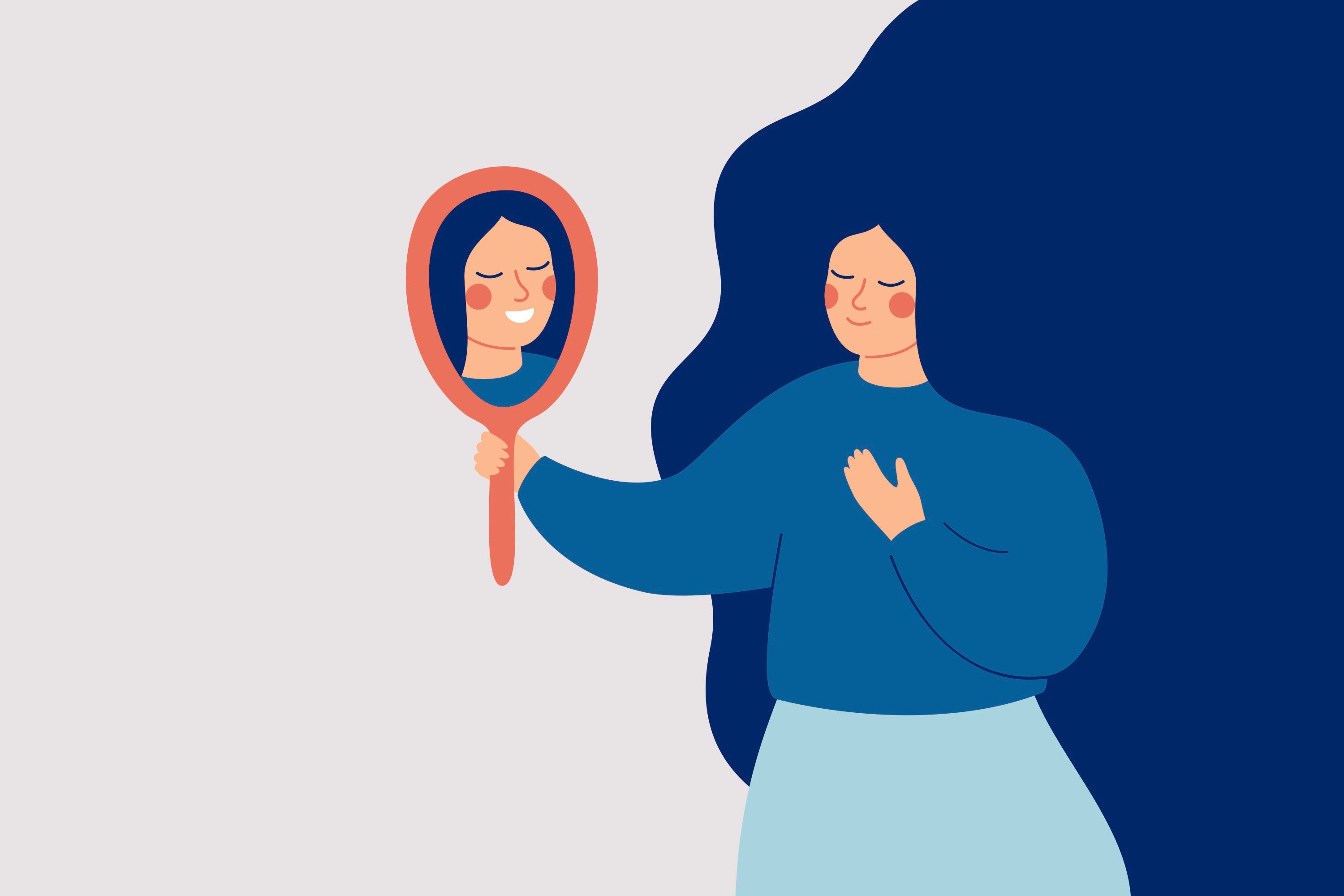The beauty standards for women’s bodies has changed - and studies show how it’s impacting self-esteem
The ideal beauty standard has transformed from thin figures to slim-thick body types

Your support helps us to tell the story
From reproductive rights to climate change to Big Tech, The Independent is on the ground when the story is developing. Whether it's investigating the financials of Elon Musk's pro-Trump PAC or producing our latest documentary, 'The A Word', which shines a light on the American women fighting for reproductive rights, we know how important it is to parse out the facts from the messaging.
At such a critical moment in US history, we need reporters on the ground. Your donation allows us to keep sending journalists to speak to both sides of the story.
The Independent is trusted by Americans across the entire political spectrum. And unlike many other quality news outlets, we choose not to lock Americans out of our reporting and analysis with paywalls. We believe quality journalism should be available to everyone, paid for by those who can afford it.
Your support makes all the difference.Mainstream media’s ideal beauty standard for women is constantly changing. In the nineties, women were put under pressure to have thin figures like Kate Moss. By the turn of the century, any body type that was considered even slightly bigger than the ideal slender look was deemed overweight.
Celebrities like Jessica Simpson, Kate Winslet, and Renée Zellweger were wrongly shamed for their bodies during the early 2000s. Now, hour-glass body shapes like the Kardashians’ have become the ideal beauty standard. Women have always felt society’s unfair pressure to look a certain way, only now we finally have the research to back it up.
Researchers at York University in Toronto noticed this trend not only in changing beauty standards for women, but also in the ways that these idealised body images are consumed.
In the study, a group of female undergraduate participants were shown images taken from an Instagram influencer or model, who had either a “thin-ideal,” “slim-thick-ideal,” or “fit-ideal body type.” These body types were identified in the study as the three most pervasive beauty standards we see today in Western media.
The images of thin-ideal models had a slender figure with small arms, legs, and waist. Fit-ideal was defined as the type of content you would see under the hashtag #fitspiration — thin, but toned. And a slim-thick body is one with an hour-glass figure, but has “large breasts, thighs, and butt.” After being shown these images, participants were asked to compare themselves to the different mainstream body types, by rating if their thighs, arms, or waists were similar to the model’s.
The results of the study demonstrated that, when exposed to idealised body types, women felt an increased level of dissatisfaction with their own weight and appearance. In fact, they felt even less body satisfaction when they compared themselves to slim-thick models.
Dr. Jennifer Mills, Associate Professor & Director of Clinical Training at York University, was one of the researchers involved with the study. Speaking to The Independent, she learned from her students that an exaggerated hourglass figure is really popular now. “This body shape is not underweight, but no research had yet been done on whether it caused women to feel better or worse or no different about their bodies,” Mills said. “It’s also linked to risky activities like waist trainers and plastic surgery. So, from a women’s health perspective, I was concerned about the ramifications of women trying to emulate this body type.”
Mainstream media has made strides toward body diversity in advertising, with companies like Dove, Victoria’s Secret, and Abercrombie & Fitch introducing a greater variety of body shapes in their advertising. This may seem like a positive shift away from idealised beauty standards. But, according to the study, it’s creating an even more harmful one.
There’s many discrepancies as to what constitutes a curvy body, but the majority of the time these mainstream images only depict the type of plus-size body that feels acceptable to them — “You can have a big butt and big thighs, but your stomach and your face must be slim.” Just look at The Brazilian Buttlift. The BBL gained popularity as the most popular cosmetic surgery of 2021 for this exact reason, by taking fat from unwanted areas of the body and transplanting it in more desirable places. The Brazilian Buttlift also became the deadliest plastic surgery in the last five years.
The transformation from the thin, waif-like figures of the nineties to today’s hour-glass, slim-thick body types shows that in the last three decades, the demands we put on women to meet unattainable beauty standards haven’t changed. Although perhaps the answer is that we shouldn’t jump from one beauty standard to the next; we should dismantle them altogether.



Join our commenting forum
Join thought-provoking conversations, follow other Independent readers and see their replies
Comments